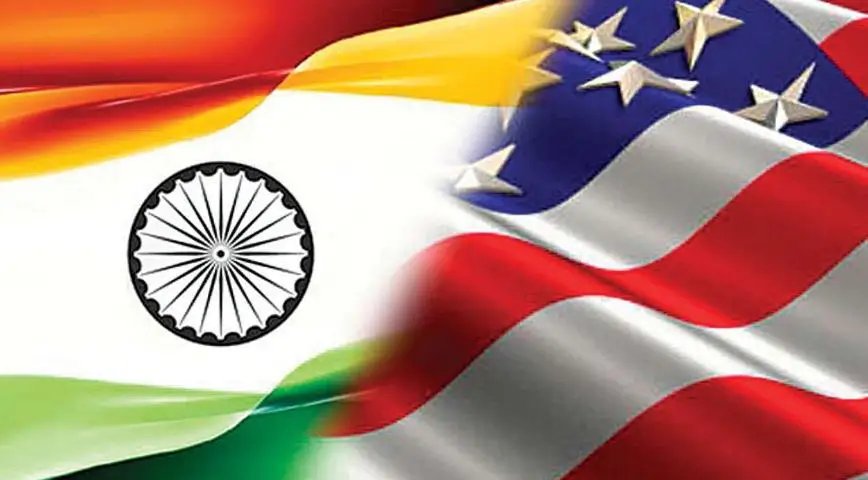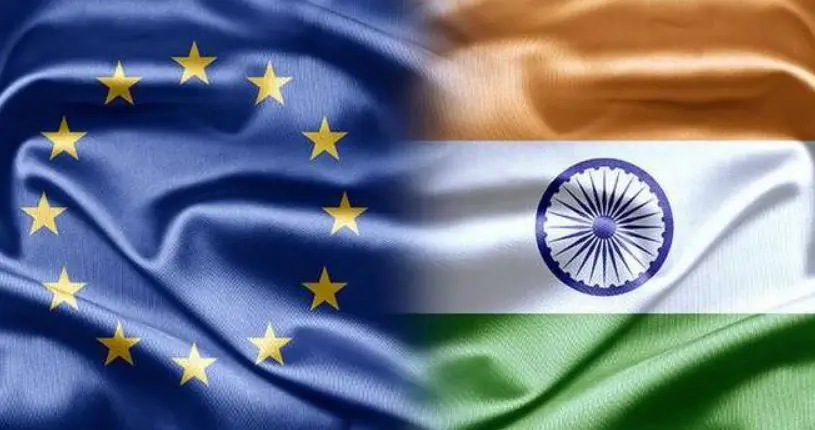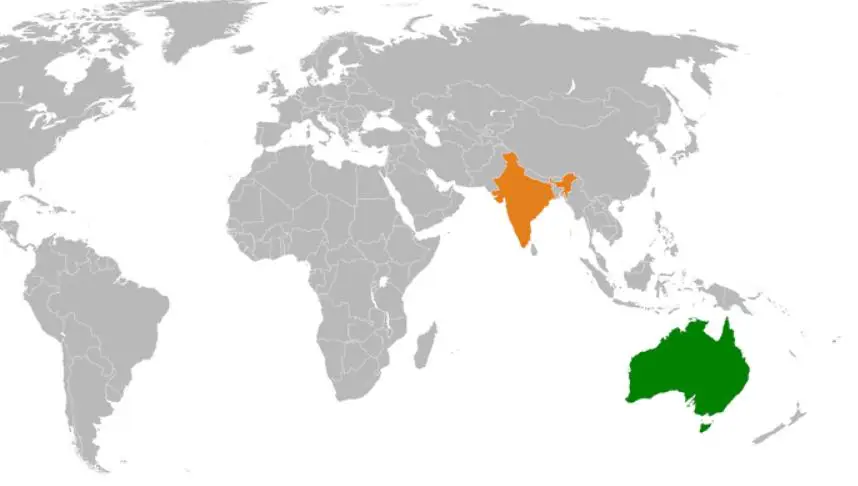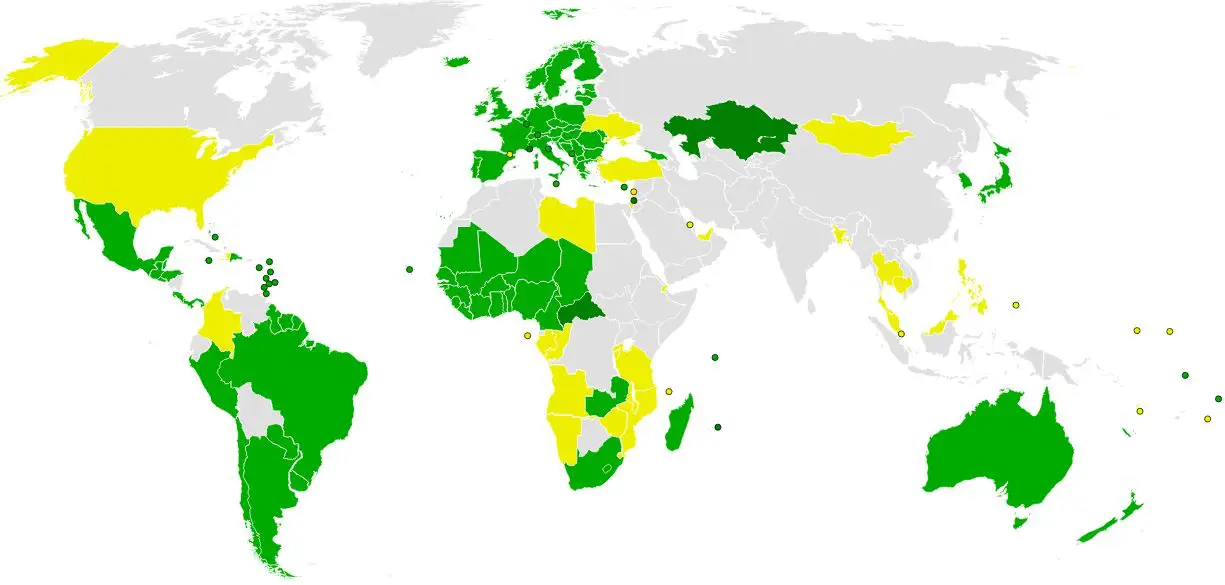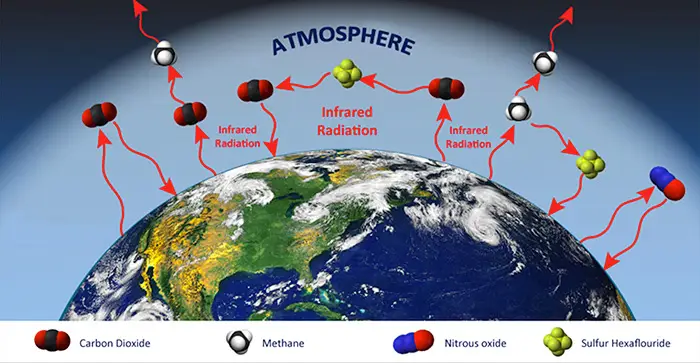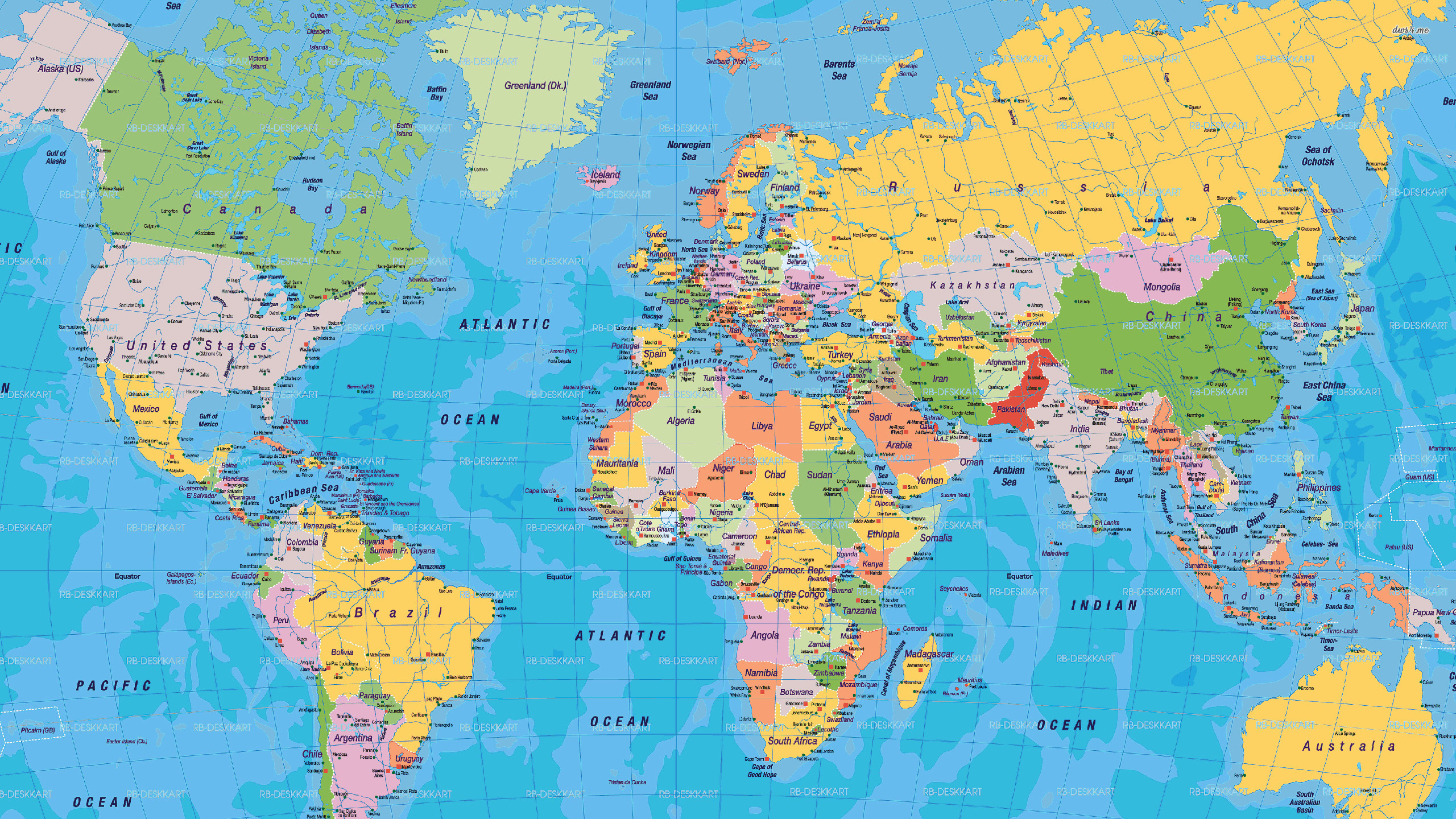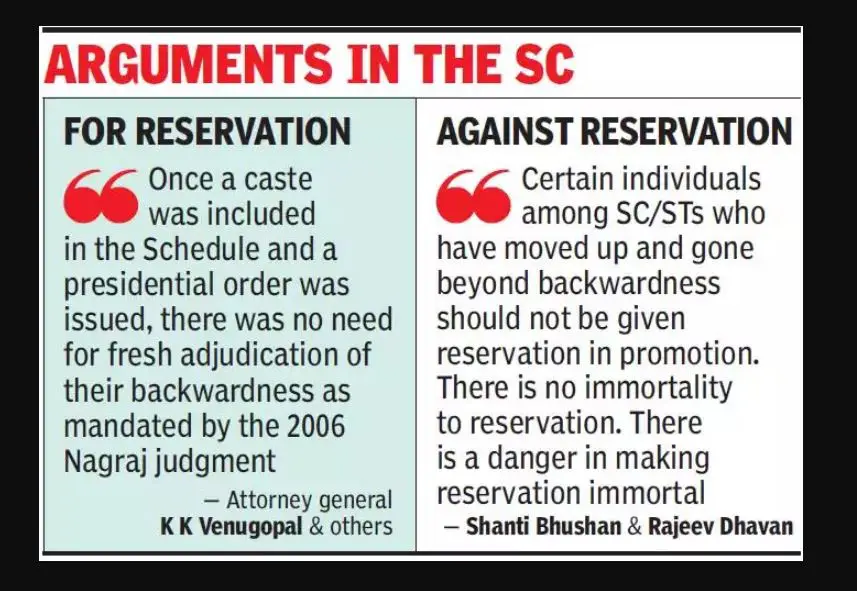Table of Contents
India and United States of America – Trade International Relations | UPSC – IAS
What is Generalized System of Preferences ?
It is a non-reciprocal preferential tariff system which provides for exemption from the Most Favored Nation principle of World Trade Organization. It involves reduced MFN tariffs or duty free entry of eligible products exported by beneficiary countries (developed countries) to markets of donor countries (developing countries).
- Generalized System of Preferences (GSP) measure was adopted at UNCTAD Conference in 1968 and later enacted by General Agreement on Trade and Tariff (now WTO) in 1971.
- The objective of Generalized System of Preferences (GSP) was to give development support to poor countries by promoting capacity development and trade.
- 11 Developed countries including the USA, EU, UK, Japan etc., extend GSPs to imports from developing countries.
- U.S. has a particularly strong Generalized System of Preferences (GSP) regime, under Trade Act, 1974. India has been the largest beneficiary of the GSP. In 2017, India’s duty-free export to the US under the GSP was more than $5.6 billion.
- Now, 50 products (out of a total of 94 products) from India have been removed from GSP particularly impacting handloom and agriculture sectors.
Impact of Generalized System of Preferences (GSP) withdrawal on India
- Impact on Current Account Deficit (CAD) and rupee: GSP withdrawal will cost India $70 million in raised duties from GSP benefits. It will reduce the trade surplus that
India has against trade with US leading to higher CAD which also runs the risk of further weakening rupee. - Impact on MSME and agriculture: Small and medium size business could be impacted. Especially export of handloom made home textiles products are expected to be affected
India -USA International Trade Relations
- U.S. goods and services trade with India totaled an estimated $126.2 billion in 2017. (exports-$76.7 billion & imports- $49.9 billion, Trade deficit- $27.5 billion)
- USA foreign direct investment (FDI) in India was USD $44.5 billion in 2017.
Major Impediments in trade relations | UPSC – IAS
Tariff issues
US under Trump regime has taken different position as compared to previous stands in trade negotiations. US President called India “the tariff king” and raised issues with India like:
-
- Indian motorcycles imported into the US tariff free while US motorcycles imported to India face high tariffs.
- Intellectual property rights: India has been placed in Priority Watch List of the USTR Special 301.
Subsidies issues:
-
- Subsidies given by some US states to local renewable energy producers.
- USA is against the Minimum Support Price (MSP) regime of India and accuse India of violating WTO subsidies norms and limitations.
Visa related tensions:
- India is the largest beneficiary of H1-B visa scheme of US. But US in recent times has increased visa fees for H1B visa applicants and cut their quotas. This has been detrimental for the interest of Indian IT companies. India has raised concerns on this issue.
India – USA have been also engaged WTO in dispute resolution
- India dragged the USA to the WTO dispute settlement mechanism over the imposition of import duties on steel and aluminium. Also, India and US are at loggerheads on subsidies and Domestic Content Requirement (DCR) provisions to renewable energy sector in their respective countries.
A Way Forward | UPSC – IAS
Unlike USA-China there is no trade war between India and US but tension do exist in trade relations.
- India is not in position to engage in tit-for-tat approach in raising tariffs like China. India needs cooperation of US in many other sectors like defense, technology transfers, regional security (strategic relationship).
- USA has granted some relief to India in recent times. US has granted Strategic Trade Authorization (STA-1) status to India, giving India same access as NATO allies to latest technology. Also India is among the eight countries to get exemption from US in purchasing oil from Iran even though Trump administration has imposed its “toughest ever” sanctions against Iran This is an indication of US seeking deeper strategic ties with India.
- India should stay the course in its current approach to trade negotiations while not reacting to rhetorical moves by US, preventing any escalations and also avoiding the spilling of friction in trade relations to other areas of relations.
- India should continue negotiating for a trade package with the US, and demand a waiver on tariff hikes similar to the ones granted to Argentina, Brazil and South Korea.
- India needs to boost exports and cut non-essential imports in the backdrop of its current account deficit (CAD) touching 2.4%.

